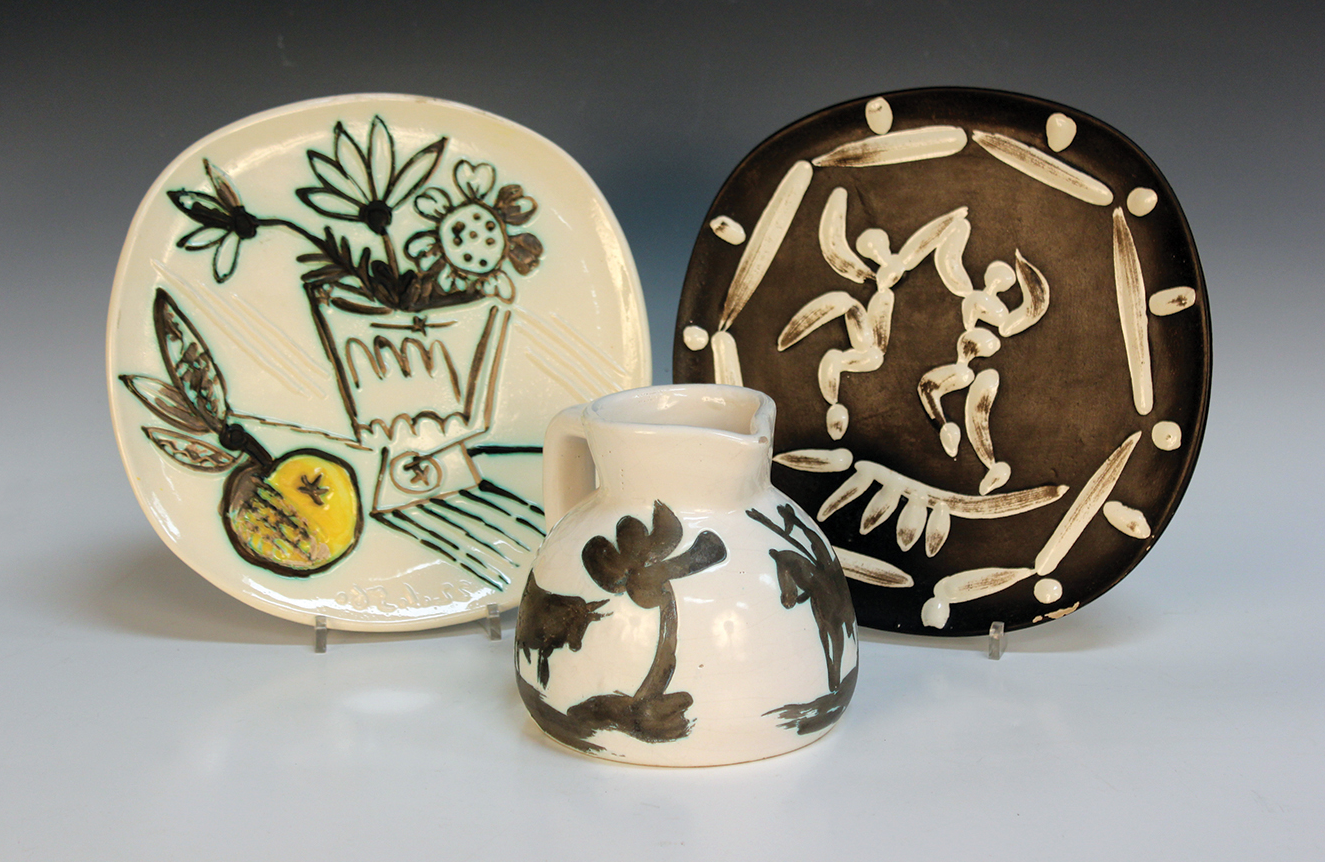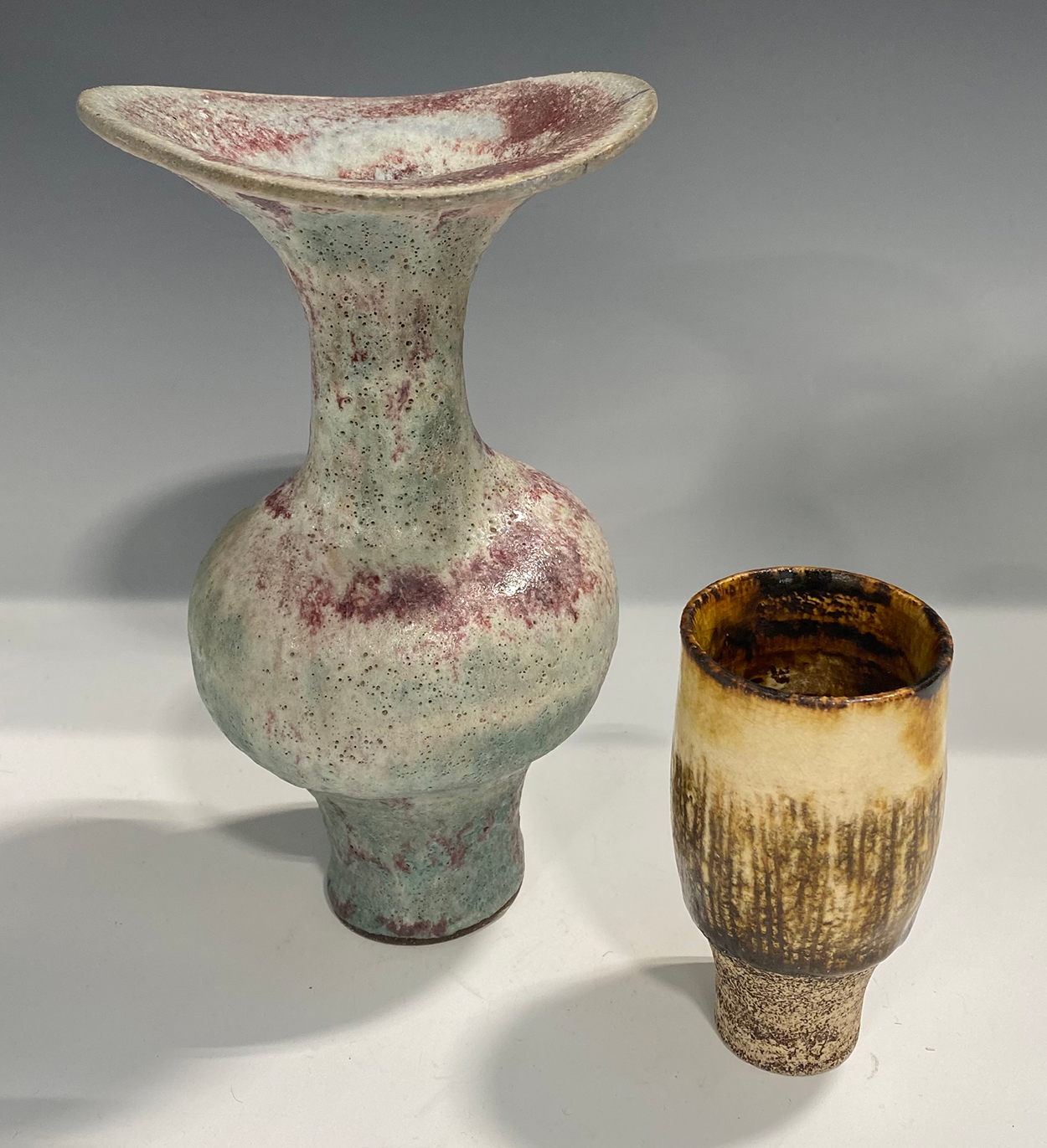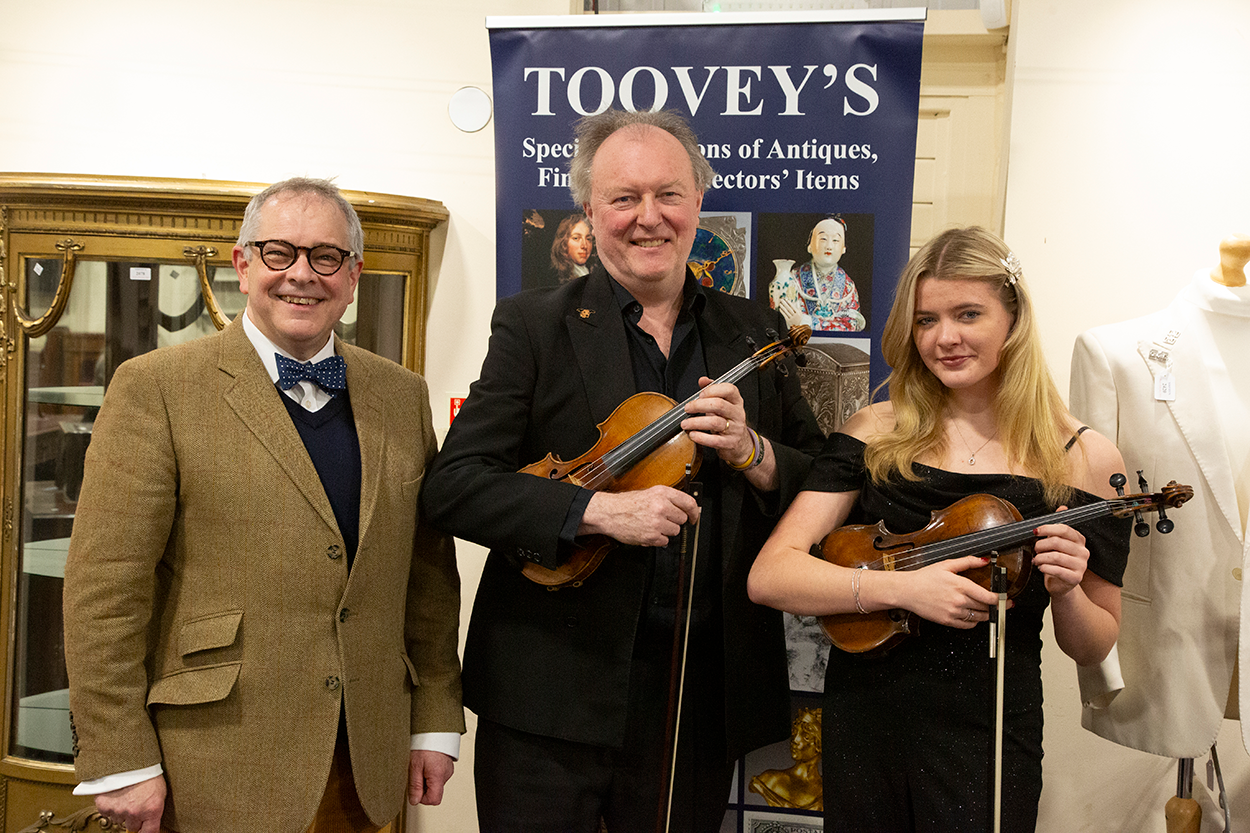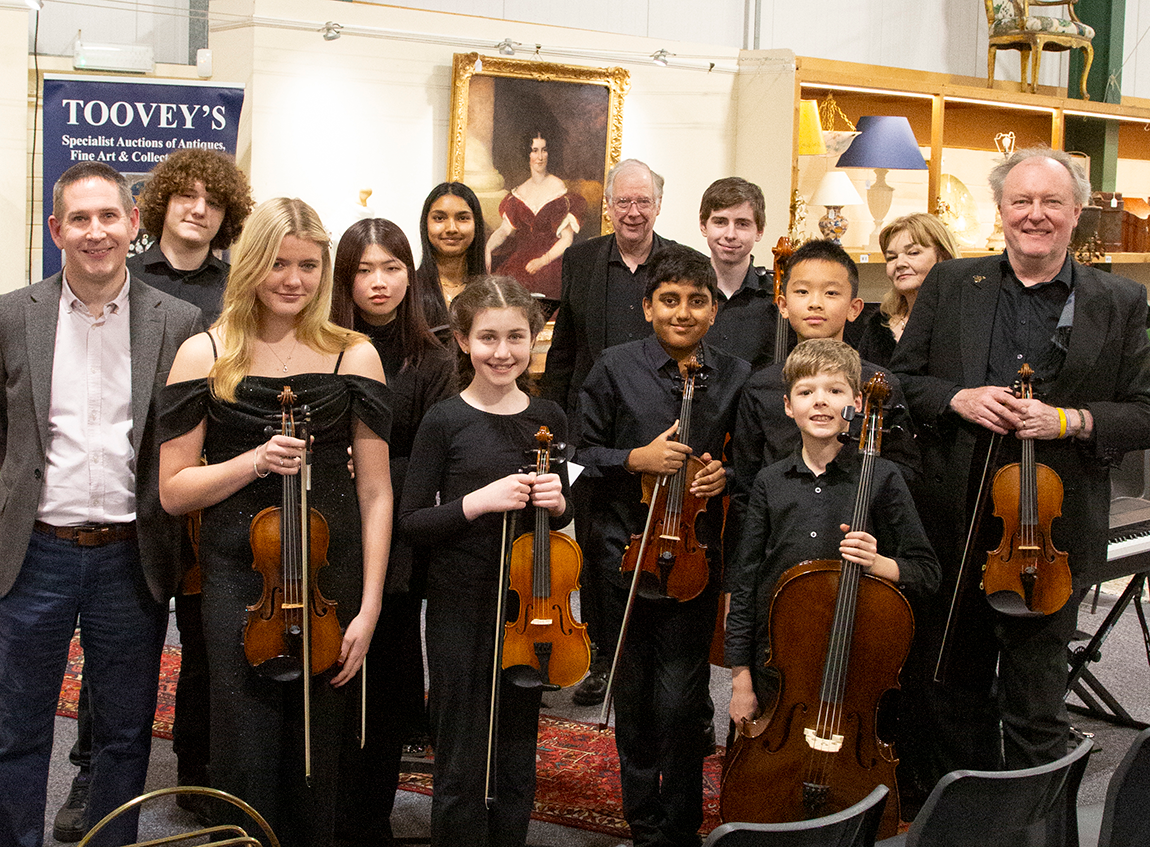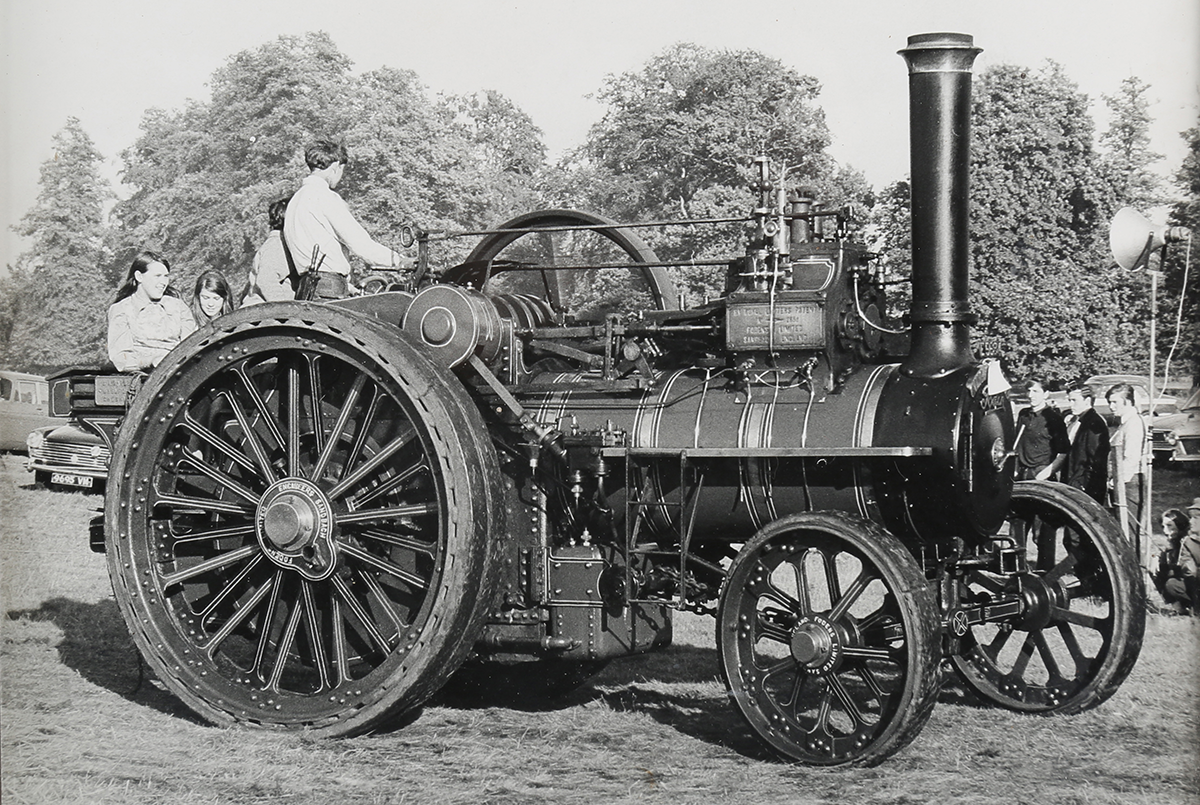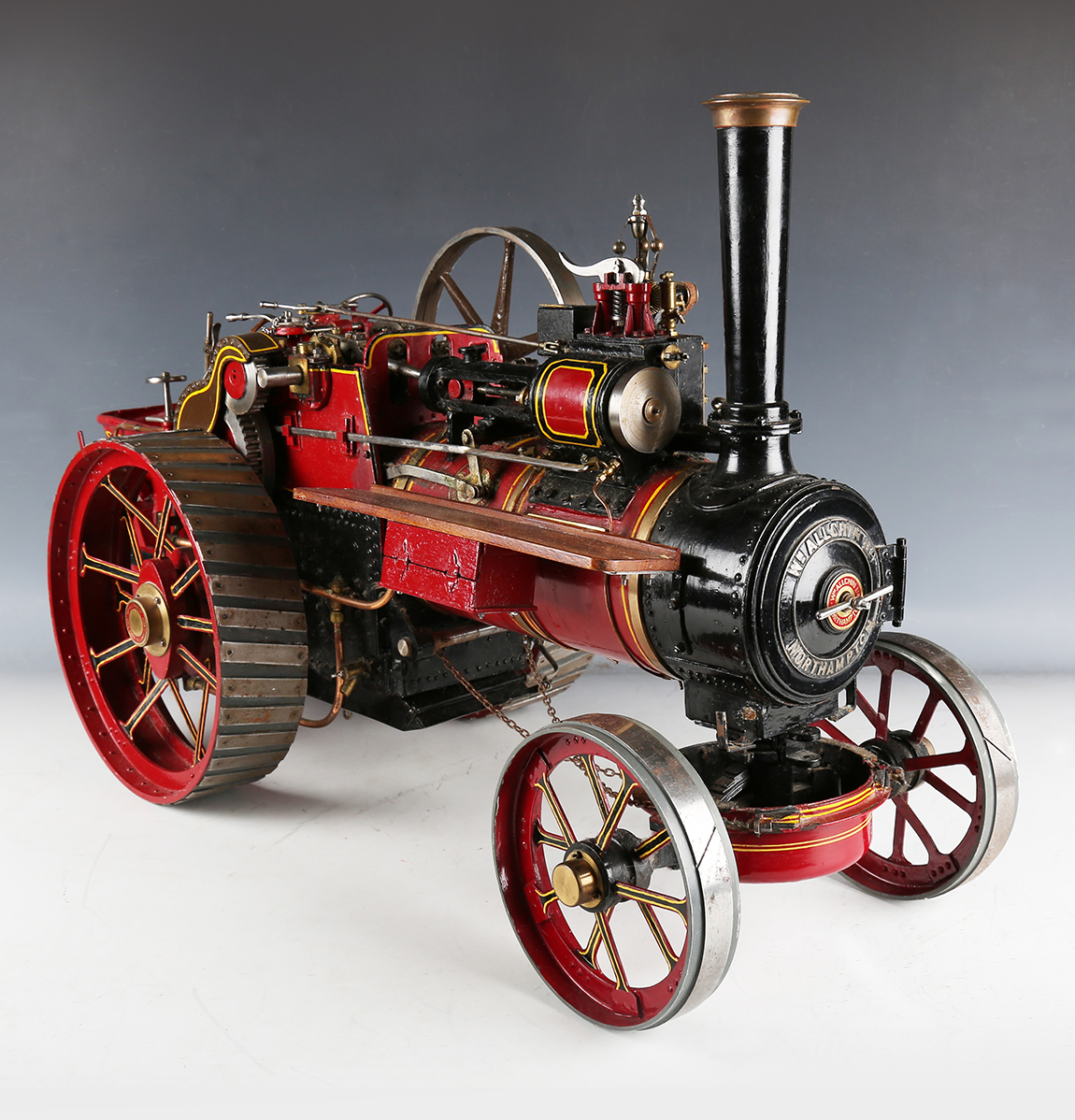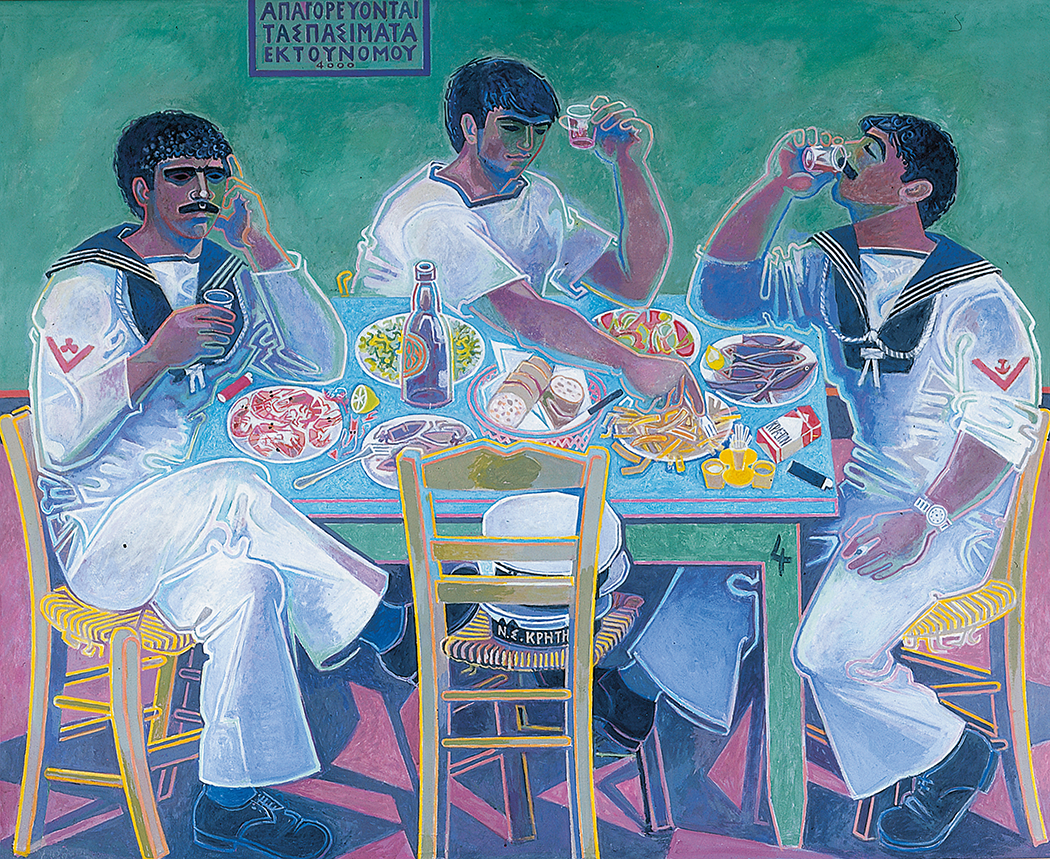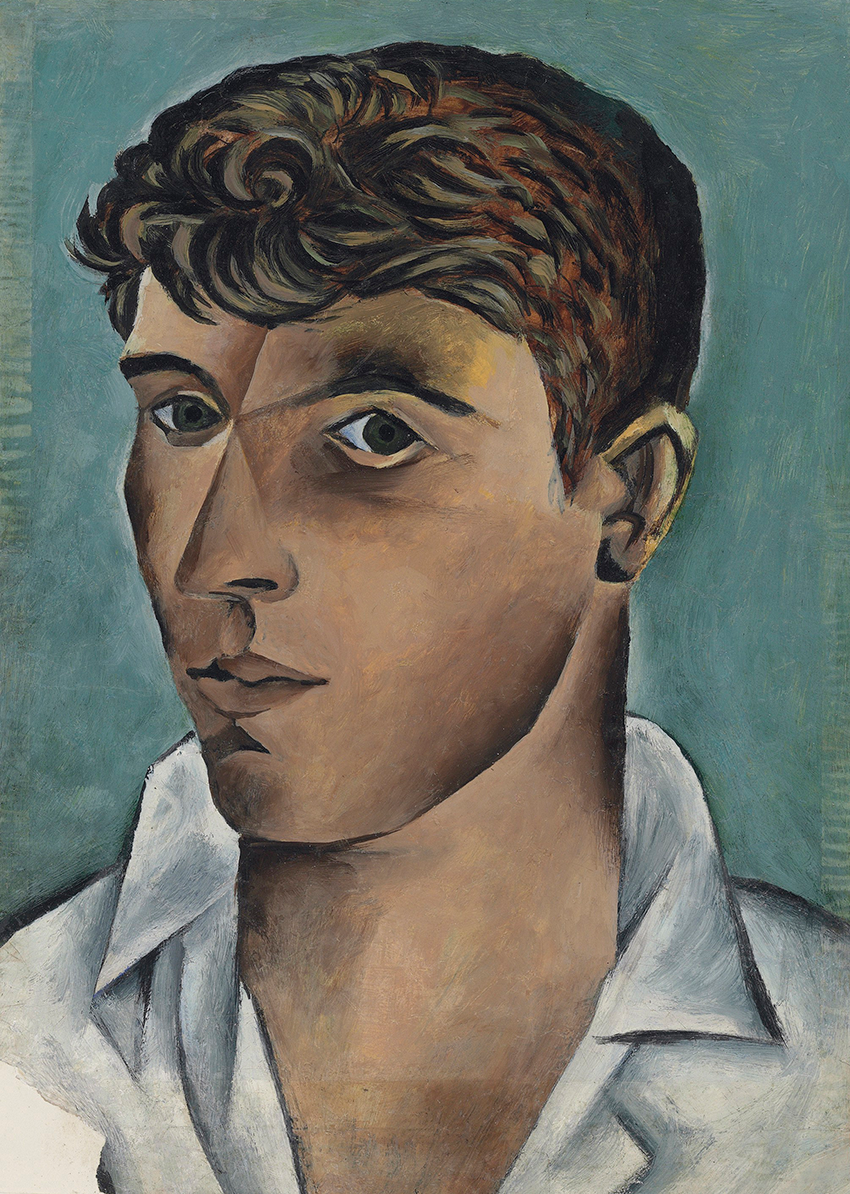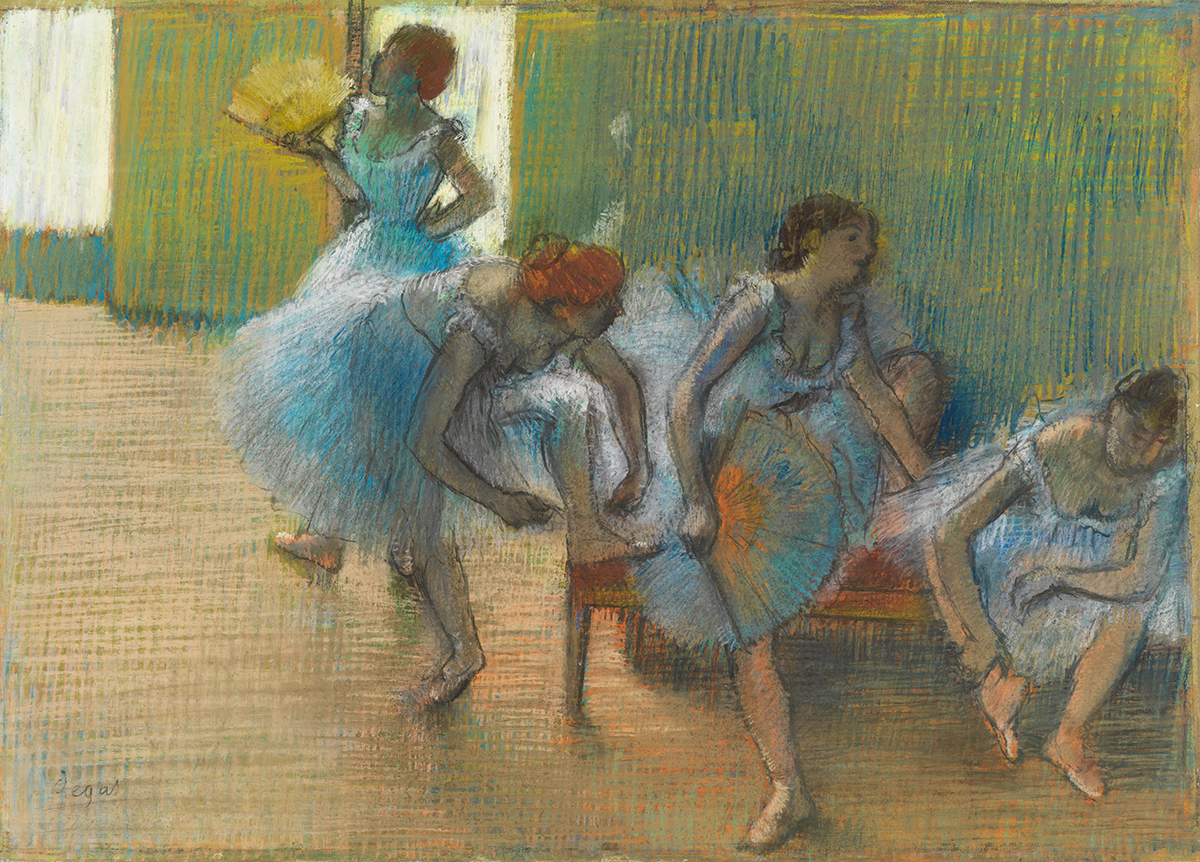
Colour, light and intimacy define the collection of works on paper by leading Impressionist are on show at the Royal Academy of Arts in London until the 10th March 2024.
This exhibition, Impressionists on Paper: Degas to Toulouse-Lautrec, illustrates how Impressionism and Post Impressionism transformed the art of late 19th century France and for the first time gave works on paper, sketches, a status of their own.
The Impressionists were at first derided for their sketchy impressions of scenes but their approach would transform the art world by capturing the colour, movement and life in a landscape or scene. Rather than making sketches and working up a finished canvas in the studio they painted en plein air, outside in the open air. They worked quickly capturing momentary, fleeting effects of sunlight moving over a scene. This resulted in a heightened awareness of light and colour expressed in rapid, broken brushwork, the dabs of paint giving spontaneity and movement to their subjects.
In addition to their radical technique, the bright colours of Impressionist canvases shocked eyes accustomed to the more sober colours of academic painting. The paints themselves were more vivid too. New synthetic pigments provided artists’ with vibrant shades of blue, green, and yellow. This use of colour is also apparent in their works on paper and can be seen in Vincent van Gogh’s graphite, black chalk, watercolour and gouache on paper The Fortifications of Paris from 1887.
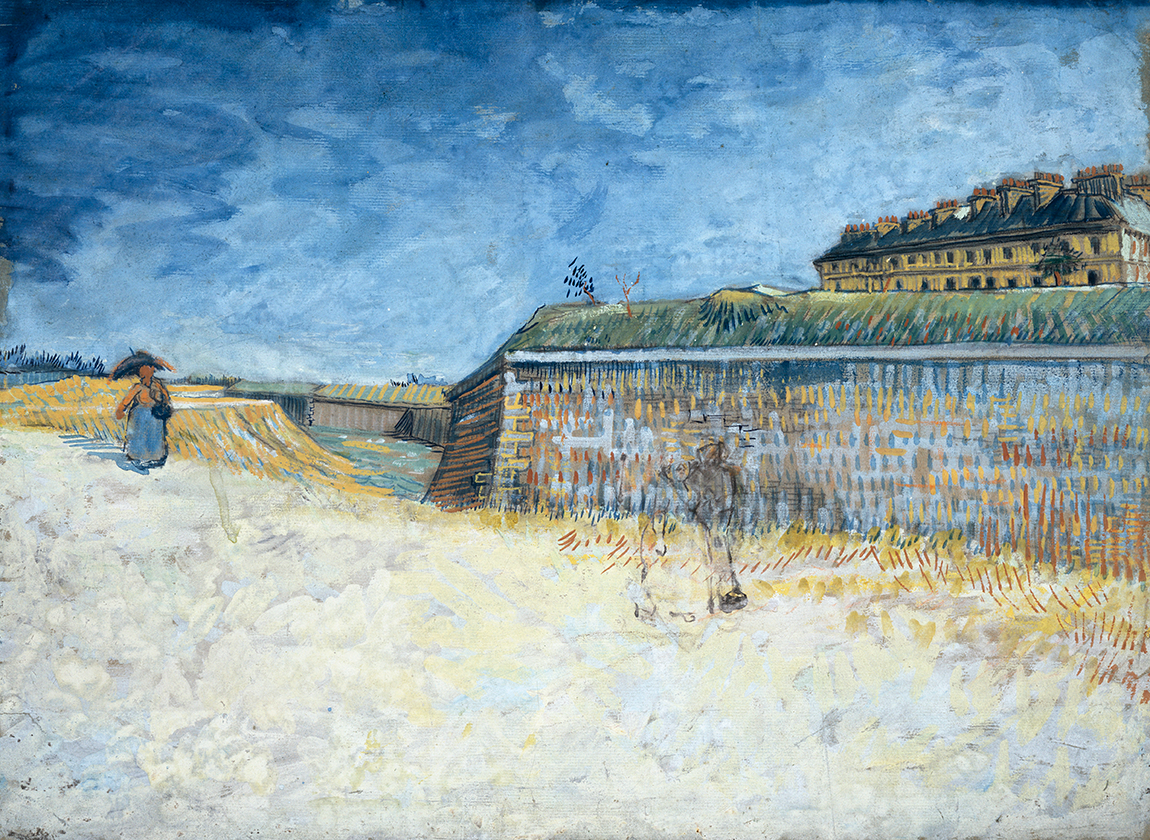
Edward Degas’ subjects include his famous studies of ballet dancers, figures from the world of theatre and ballet in Paris. He worked in oil, pastel and produced bronze sculptures. Degas was inspired not only by the glamour of the stage but also the domestic aspects of this life which he depicted with intimacy and sensitivity.
The pastel drawing Dancers on a Bench captures a seated young woman exhausted after her performance. Her full-skirted tutu spreads out behind her framing the dancer in this unguarded scene. The palette, too, is arresting and radical with green hues discernible in the dancers’ complexions.
This exhibition offers an insight into the innovations made by Impressionist and Post-Impressionist artists in their drawings which are no less radical than their paintings.
Impressionists on Paper: Degas to Toulouse-Lautrec runs at the Royal Academy of Arts in London until 10th March 2024.
